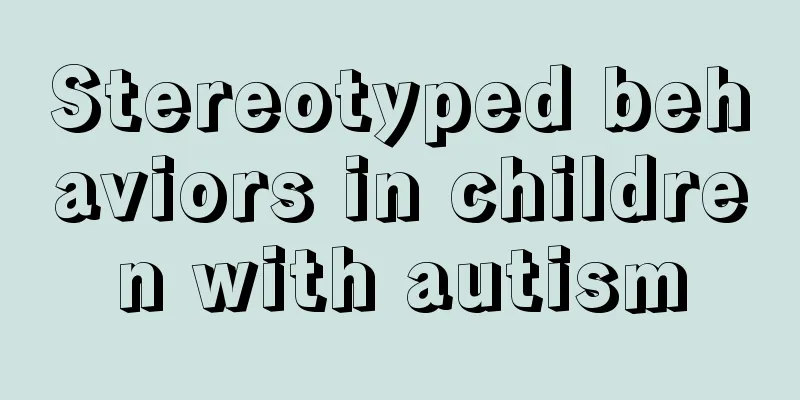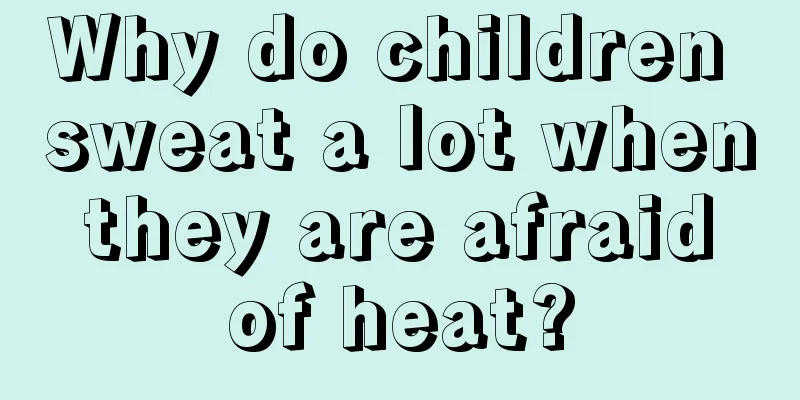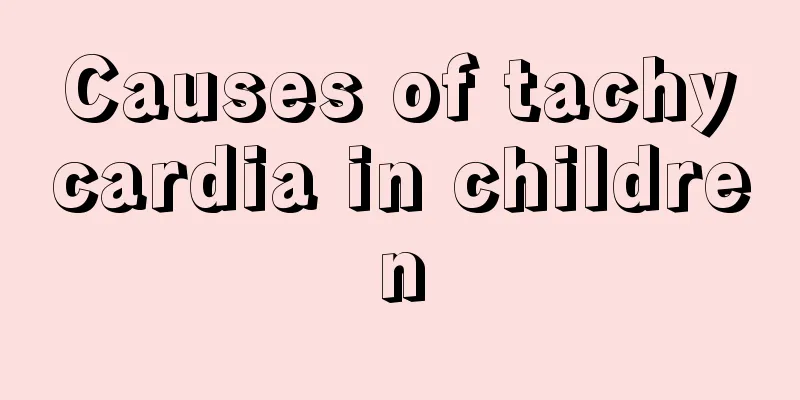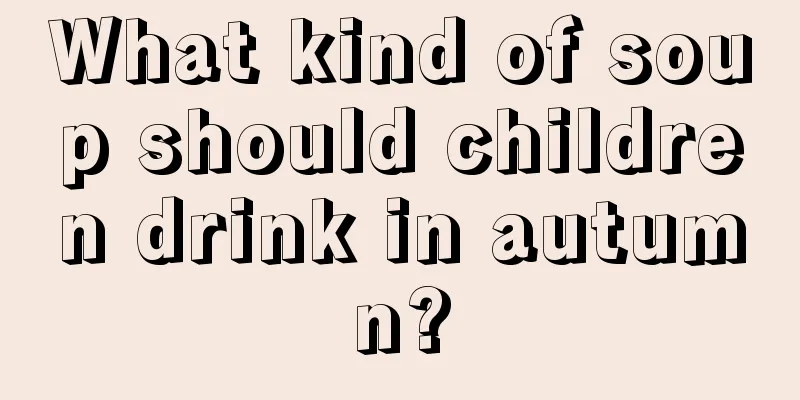Stereotyped behaviors in children with autism

|
In fact, some parents are unable to identify when their children have autism, because the disease does not have obvious symptoms at the beginning. They just feel that their children are not so talkative and are quieter than other children. They may even find that their children have some language development disorders. This is actually the most common symptom of autism. 1. Language Barrier Language and communication disorders are important symptoms of autism and the main reason why most children seek medical treatment. Language and communication disorders can manifest in many forms. Most children with autism have delayed or impaired language development. They usually still cannot speak at the ages of two and three, or they experience language regression after normal language development. They have expressive language before the age of 2 to 3 years, which gradually decreases with age or is even lost completely. They remain silent for life or, in rare cases, use limited language. They have some degree of obstacles in their perception and expression of language. 2. Social interaction disorder The patient is unable to establish normal interpersonal relationships with others. When they are young, they do not make eye contact with others, have a dull expression, lack the expression or gesture of expecting hugs and caresses from their parents or others, and have no happy expression when enjoying caresses, and even reject hugs and caresses from their parents and others. He cannot distinguish between close and distant relationships and treats his relatives with the same attitude as he treats other people. Unable to establish a normal attachment relationship with parents, patients have difficulty establishing normal partnerships with children of the same age. For example, they tend to stay alone in kindergarten and do not like to play with their peers. When they see some children playing games enthusiastically together, they have no interest in watching or desire to participate. 3. Narrow interests and stereotyped behavior patterns The patient is not interested in the games and toys that normal children are keen on, but likes to play with non-toy objects, such as a bottle cap, or observe the rotating electric fan, etc., and can last for dozens of minutes or even several hours without feeling bored. Not interested in the main features of the toy However, they pay great attention to non-main features: patients stubbornly require to keep the daily activity routine unchanged, such as going to bed at the same time, covering the same quilt, taking the same route when going out, etc. If these activities are stopped or behavioral patterns are changed, the patient will express obvious unhappiness and anxiety, and even engage in rebellious behavior. Patients may have repetitive stereotyped movements, such as clapping their hands, turning in circles, licking the wall with their tongue, stomping their feet, etc. |
<<: What are the dangers of babies breathing through their mouths frequently?
>>: How to train an autistic child
Recommend
Why is urine cloudy in children?
Urine can often reflect a person's physical c...
What are the dangers of blood fever in children
In traditional Chinese medicine, if a person has ...
How to treat chronic pharyngitis in children?
Children's bodies do not have as strong an im...
Baby crying face purple
It is quite common for a baby's face to turn ...
What causes yellow teeth in children?
It is said that children are what parents worry a...
What should you pay attention to when using an electric fan on your baby?
Children's resistance is very weak, especiall...
What should I do if my baby has green stools during the confinement period?
After giving birth, the mother may not take good ...
How to treat baby bronchitis
Bronchitis is a respiratory disease that everyone...
What medicine should children take for constipation
Children's body functions are not fully devel...
How to treat sinusitis in a three-year-old baby
Three-year-old babies are at high risk of disease...
How to treat stuttering in children in life?
Nowadays, the developmental status of children is...
Can children have their teeth cleaned?
There are many misunderstandings about teeth clea...
What Chinese medicine should babies take when they have internal heat?
The baby's immunity is relatively weak, espec...
There is a small lump on the newborn's chest
Newborns are a very special group. Because their ...
Height of 2-year-old girl
As parents, we are more concerned about the growt...









